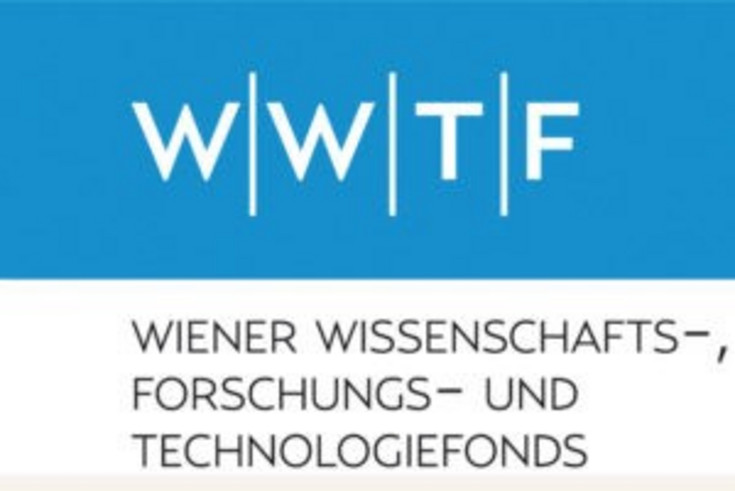Vienna’s global biodiversity footprint. A multi-scale analysis outlining options to reduce urban pressures on biodiversity
Reducing biodiversity loss has become an important goal pursued on all levels of governance including cities (Biodiversity Summits of Urban and Subnational Governments). However, protecting biodiversity within cities is not sufficient, as most adverse impacts of cities on biodiversity result from the “urban metabolism”, i.e. the resource flows required to supply city dwellers with products and services. The high resource demand of urban centers implies that a city’s “biodiversity footprint” extends far beyond its actual territory, and depends on volume and origin of the resources “embodied” in products imported into the city. Reducing a city’s biodiversity footprint will hence depend on changing its urban metabolism. Accounting for the biodiversity impacts associated with trade and consumption is still in its infancy.
We will develop an approach to quantify, map and predict the national and global “biodiversity footprint” of large cities. The approach combines methods from social metabolism research and land use science with macro-ecology and biodiversity research. Its key element is a comprehensive global account of embodied human appropriation of net primary production (eHANPP). eHANPP considers both land area required for supplying products, including livestock products, and the intensity of land use. It is hence both a function of consumption patterns and an indicator of the pressure that production of consumed goods exerts on biodiversity. We will make use of this latter property and parameterize statistical models of the relationship between HANPP and biodiversity using both global and national distribution datasets of various plant and animal groups. These models will subsequently allow for translating options of future consumption patterns into changes of biodiversity footprints.
The major challenges of the project are quantifying Vienna’s biomass consumption and supply regions at a sub-national resolution, advancing eHANPP methods to provide a spatially explicit correlation between the urban consumption and global and national land use and establishing a quantitative link between amount and intensity of land used for biomass production and measures of biodiversity impact.
The overall goal of the project is to calculate and map the national and global biodiversity footprint of Vienna’s consumption of biomass-based products (food, fiber, bioenergy) for a recent year and explore possible reductions in the city’s biodiversity footprint resulting from changes in consumption and increased efficiency in the biomass provision chains.
Relevance and practicability of the predictive approach in terms of co-design and co-production will be guaranteed by a participatory approach building upon focus groups with stakeholders from Vienna’s policy and administrative system and from civil society organizations. These focus groups will prioritize response options and evaluate and fine-tune design options to support moving towards more biodiversity-friendly consumption patterns.
Fridolin Krausmann explains the project (short film in German).
The project ran from 2018-2022.

